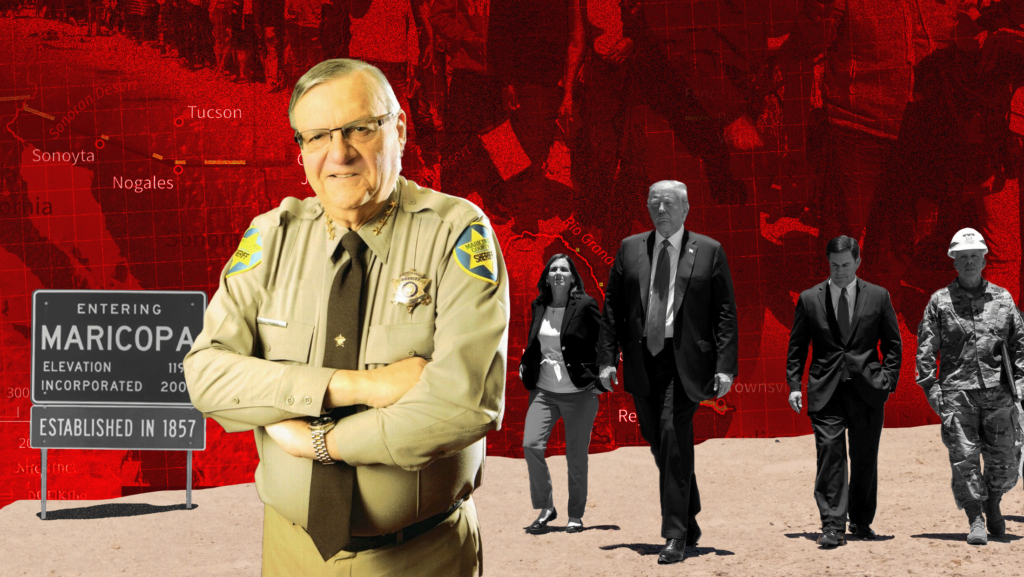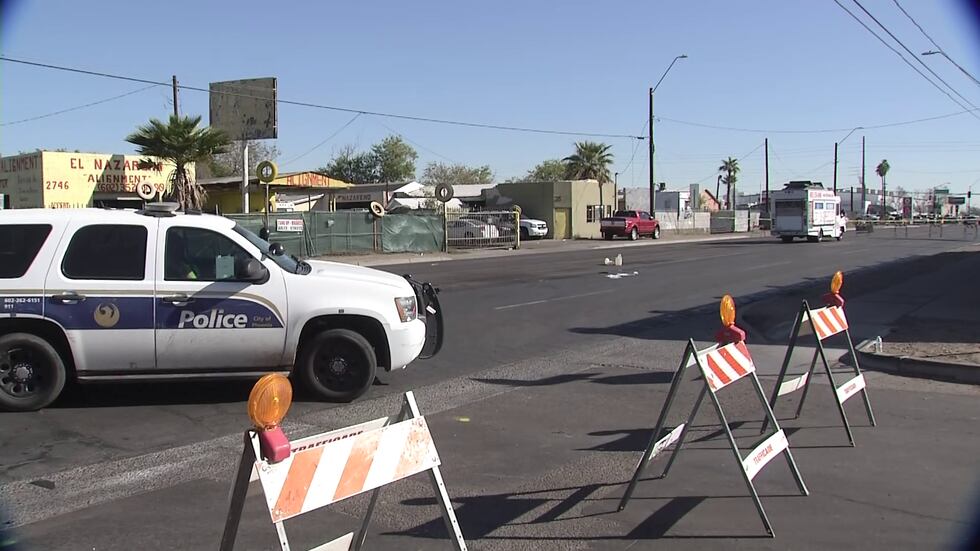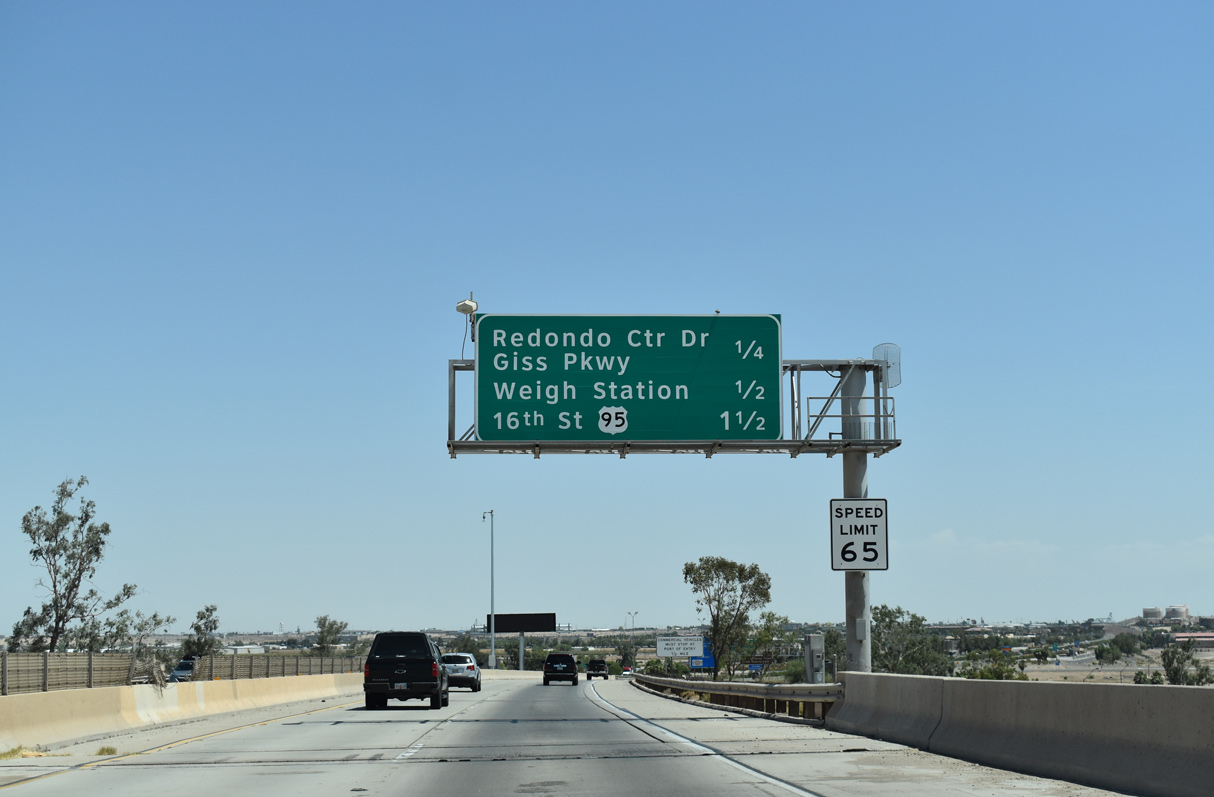
Understanding Legal Restrictions in the Digital Age
The online world is increasingly becoming a maze of legal requirements, where every click and keystroke can have a legal implication. Recently, a glaring example has surfaced in the form of a website message stating, “451: Unavailable for legal reasons.” This message, albeit succinct, speaks volumes about the tangled issues surrounding data protection and access rights, especially under the European Union’s General Data Protection Regulation (GDPR). In this opinion editorial, we aim to take a closer look at the background, implications, and potential solutions when faced with such restrictions.
Any visitor trying to access the website from a country that falls under the European Economic Area (EEA), including the EU, gets blocked immediately. Such a block is not arbitrary—it stems from the need to comply with strict data protection laws. However, for many users, this message might feel both intimidating and confusing, as it hints at a world of legal nuances and tangled regulatory demands. Let’s dig into the reasoning behind this legal restriction and explore the broader impact on how we use and manage our online presence.
Why Certain Websites Block Users Based on Location
The act of blocking or restricting access to a website based on a user’s geographical location seems, at first glance, to be a very narrow issue. However, when we try to figure a path through the reasons for these measures, we uncover a series of legal obligations that stretch from basic compliance to the highest levels of data protection law.
Legal Compliance with the GDPR
The European Union’s GDPR is a piece of legislation that has reshaped the online legal landscape. It was designed to give citizens more control over their personal data. Websites must follow these rules to not only protect their users but also to avoid the severe penalties that come with non-compliance. This law represents the ironclad expectations of data privacy in today’s digital environment.
Under the GDPR, websites are required to follow a strict set of obligations. Key measures include:
- Obtaining clear and explicit consent before collecting personal data.
- Providing users with detailed information about the use and processing of their data.
- Granting individuals the right to access and erase their data upon request.
The regulation touches on every aspect of data handling—from the data collected to the eventual storage and usage, proving to be one of the more intimidating legal frameworks on the international stage. The website message “451: Unavailable for legal reasons” is a blunt reminder that websites must often choose between allowing access and complying with these strict rules.
Impact on Website Reach and Accessibility
While data protection is a super important goal, the costs of full compliance can sometimes lead to unexpected consequences, such as the limitation of access to potential visitors. The decision to block EEA users is often seen as a quick fix—a workaround that allows website operators to steer clear of the nerve-racking procedural requirements associated with GDPR compliance.
It is worth noting that this approach has both supporters and critics:
- Supporters argue that it avoids the complicated pieces of trying to secure data properly and managing the exploding array of legal responsibilities.
- Critics suggest that it not only leads to a less inclusive internet but also undermines the fundamental principles of equal access to information.
While this legal strategy might seem like an effective way to sidestep the tricky parts of data management, it also raises questions about the balance between data protection and freedom of access for all users.
The Tricky Parts Behind the “451: Unavailable for Legal Reasons” Message
The message “451: Unavailable for legal reasons” is loaded with implications. It essentially conveys that the website has identified legal obstacles that prevent it from serving users in particular jurisdictions. However, a deeper look into the subject unravels several layers of fine points that deserve more discussion.
Historical Context of Legal Restrictions
Legal restrictions on accessing certain websites or content have been part of governing the digital world for quite some time. The reference to “451” even hints at literary origins. The number is famously linked to Ray Bradbury’s novel, “Fahrenheit 451,” which dealt with censorship and the suppression of ideas. Today, the use of “451” by websites is a nod to the historical tradition of blocking content deemed unacceptable or illegal.
There are several reasons why a website might choose to display such a message:
- Compliance with regional laws: Ensuring the website does not violate any local data protection or content distribution laws.
- Risk management: Avoiding potential legal disputes that could arise from non-compliance.
- Cost of compliance: The expenses and nerve-racking administrative costs associated with upgrading infrastructure to meet legal requirements.
The historical perspective allows us to see that while data protection laws are designed to safeguard privacy, the means of enforcing them might lead to an internet that is geographically segmented and uneven in accessibility.
Ethical Considerations for Digital Content Providers
When a website restricts access to certain regions, it raises a host of ethical questions. Is it fair to exclude a large number of users from accessing digital resources? Or is it a necessary sacrifice in order to uphold the key principles of data privacy?
Some of the core ethical concerns include:
- Freedom of information: Limiting access based solely on geography might inhibit the free flow of data and ideas. Many argue that the digital world should be accessible to all irrespective of borders.
- Privacy protection: Conversely, an unwavering commitment to protecting personal data is seen as non-negotiable, especially in today’s age where breaches are all too common.
- Business implications: For many enterprises, sacrificing a segment of their audience is a tough pill to swallow, even if it is the only way to remain legally compliant.
These ethical dilemmas illustrate the convoluted bits of policy-making and enforcement in the digital age. Digital content providers are often caught between ensuring robust privacy measures and meeting the online expectations of global audiences.
Diving Into the GDPR Compliance Quandary
Now that we understand the basic reasons behind the “451” message, it’s important to take a closer look at the GDPR compliance quandary itself. GDPR has put the online world through many twists and turns, compelling website operators to make choices that are as legal as they are moral.
The Fine Points of GDPR Compliance
The GDPR is a comprehensive framework that handles so many small distinctions. While its structure is meant to be streamlined, the devil is in the subtle parts. There are several points of emphasis that stand out:
- Consent Requirement: Websites are required to secure informed and explicit consent from users before collecting any personal data. This means users are given clear options to agree to data processing practices.
- Data Minimisation: Organizations are encouraged to collect no more data than is necessary. This measure is designed to reduce the risk of data misuse or breaches.
- Transparency: Detailed privacy policies must be provided to inform users how their data will be used and protected. This level of clarity is critical in building user trust.
- Right to Access and Erasure: Individuals have the authority to request access to and deletion of their personal data, giving them more control over their digital footprint.
Each of these requirements serves a crucial role in protecting user data but also adds a layer of intimidating administrative oversight for website operators. Some operators might find these requirements overwhelming, leading them to opt for the simpler route—blocking users from jurisdictions where the rules are the strictest.
The Economic Impact on Website Operators
The decision to deny access to users from the EEA is not always a straightforward legal maneuver; it also has significant economic implications. For many online businesses, the cost of revising systems to fulfil GDPR requirements can be steep, both in monetary terms and in the time required to implement the changes.
Key economic considerations for websites include:
- Infrastructure Investments: Reworking data handling systems, upgrading servers, and installing robust consent management tools all come at a cost.
- Legal Consultations: Continuous legal advice to ensure compliance can also prove to be expensive.
- Market Reach Limitations: By blocking access, companies risk losing a significant portion of potential customers and readers, which might, in turn, affect advertising revenue and overall growth.
For many operators, the trade-off between maintaining compliance and maximizing reach becomes a challenging calculation—a trade-off where the economic impact of non-compliance might be more dramatic than the immediate loss of audience.
Practical Solutions and Recommendations
Even though many websites choose the path of least resistance by blocking users from the EEA, there remain practical solutions that can help digital content providers work through these complicated pieces. It might not be feasible for every website operator to invest heavily in GDPR-compliant infrastructure, but there are steps that can be taken both in the short and long term.
Short-Term Measures to Address Legal Restrictions
In the short run, websites might adopt several measures to manage what many describe as the nerve-racking administrative demands imposed by European law. Some of these quick fixes include:
- Clear Communication: Providing a comprehensible explanation to blocked users along with a way to contact support can soften the blow. Organizations often include both email addresses and phone numbers—like web@pinalcentral.com or 520-836-7461—to handle any concerns.
- Temporary Workarounds: Some websites might offer mirrored sites or alternate domains that meet the legal requirements of the restricted region.
- Detailed FAQs: Compiling a list of frequently asked questions that explain the legal basis for restrictions can preempt user frustration and confusion.
While these approaches might not resolve all issues associated with compliance, they demonstrate that operators are at least trying to maintain an open line of communication with their audience.
Long-Term Strategies for Global Accessibility
In the grand scheme of things, the best approach is usually to address the underlying legal and technical issues head-on, rather than side-stepping them. Several long-term strategies are available:
- Investing in Robust Consent Management Platforms: These third-party tools aid in securing and documenting user consent, ensuring compliance without overly complicating the user experience.
- Regular Compliance Audits: Periodic reviews of data handling policies can help identify and address potential areas of risk before they escalate into legal problems.
- Engaging with Legal Experts: Working closely with privacy and data protection counsel can ensure that every fine detail is addressed, thus making the prospects of legal blocks much less likely.
- User Education Programs: Informing users about the reasons behind data protection measures can foster a better understanding of why certain restrictions exist in the first place. Educational efforts can demystify the legal reasoning behind the blocks and reduce overall frustration.
A long-term demonstration of commitment to data protection not only builds trust but also integrates legal compliance as a super important part of a website’s reputation. While these approaches require more upfront investment and sustained effort, they pave the way for a more inclusive digital environment where the benefits of technological advances can be enjoyed by all.
Evaluating the Broader Impact on Digital Rights
Beyond legal compliance and economic ramifications, there is an ongoing debate about how restrictions based on geographical location affect digital rights. On one hand, these blocks help ensure that user data stays protected under stringent European laws; on the other, they create a segmented internet where access to information becomes dependent on one’s location.
The Balance Between User Privacy and Access to Information
The need to protect personal data is universally acknowledged, yet the methods used to ensure that protection must be carefully balanced against the public’s right to access digital content. This balancing act is on edge throughout the world of digital rights:
- User Privacy: Is often seen as a non-negotiable right, ensuring that details remain safe from misuse and exploitation.
- Freedom of Information: Restricting content based on geography may inadvertently lead to censorship, limiting the potential for free and diverse content access.
- Corporate Responsibility: Organizations are caught between the need to safeguard data and the responsibility to provide transparent, universal access to their resources.
While the GDPR has set a global benchmark in data protection, its application and enforcement reveal subtle details about the global distribution of rights and responsibilities. As digital platforms continue to evolve, the debate over privacy versus accessibility will remain a brain-teaser for both lawmakers and technology enthusiasts alike.
The Role of International Cooperation
The intersection of legal frameworks in different regions calls for greater international collaboration. When websites block entire regions, it raises a crucial question: how can different legal systems reconcile and work together to form a unified approach to data protection without sacrificing access?
Some potential areas for international cooperation and improvement include:
| Aspect | Current Challenge | Proposed Approach |
|---|---|---|
| Legal Harmonization | Different regions have varying data protection laws that complicate cross-border digital interactions. | Adopt common standards or mutual recognition agreements between jurisdictions. |
| Technical Standardization | Web infrastructure may not be built to handle simultaneous compliance with multiple regulatory regimes. | Develop universal technical protocols for data processing and user consent management. |
| User Awareness | Users are often unaware of the legal reasons behind geoblocking and restricted access. | Create international campaigns aimed at educating the public on digital rights and compliance measures. |
These measures, while ambitious, represent the kind of global cooperation needed to address the little twists and turns associated with online data protection. Shared experiences and unified approaches could eventually minimize the need for using protective measures like the “451” message while preserving user privacy.
Legal and Technological Evolution: The Road Ahead
The current situation with the “451: Unavailable for legal reasons” message is both a symptom and a signal of how technology and legal frameworks are evolving side by side. In an era marked by rapid digital transformation, the law must continuously adjust to meet new challenges—a task that is both complicated and off-putting.
Shifts in Data Protection Culture
Over the years, there has been a significant cultural shift when it comes to viewing data protection. In the past, privacy might have been an overlooked concern in the online sphere, but now it stands as a key pillar of internet usage. Today’s users are more aware of the implications of their digital footprints, and they increasingly demand that their data is managed in a secure and respectful manner.
This cultural shift is evident in several ways:
- Increased Transparency: Companies now publish detailed privacy policies that explain the little details of their data processing practices.
- User Empowerment: From cookie consent pop-ups to easily accessible account settings, users are given tools to take a closer look at and control their data.
- Regulatory Vigilance: Governments and regulatory agencies are more proactive in monitoring and enforcing data protection laws, ensuring that user privacy is not treated as an afterthought.
These changes reflect a more mature understanding of digital rights. However, they also highlight the nerve-racking challenges companies face when trying to meet these new standards while still delivering the broad, open access that the internet promises.
Emerging Technologies and Their Impact
The evolution of legal frameworks is deeply intertwined with technological advancements. Innovations like blockchain, artificial intelligence, and enhanced encryption techniques offer promising avenues to manage data in more secure and efficient ways. These emerging technologies might eventually help bridge the gap between rigid legal requirements and user accessibility.
Some impacts of new technologies include:
- Automation in Compliance: Software solutions are being developed that can automatically manage user consent, track data usage, and alert companies to potential breaches, reducing the need for manual oversight.
- Enhanced Security Protocols: Advanced encryption and blockchain technology promise a more robust framework for data integrity, potentially minimizing unauthorized access and misuse.
- Innovative User Interfaces: Easier, more intuitive interfaces that guide users through their privacy settings help smooth out the little distinct challenges posed by the traditional, text-heavy privacy policies.
The implementation of such technologies is still in its early stages, but they herald a future where compliance is integrally woven into the fabric of digital platforms. As these systems evolve, the need for blunt measures such as geoblocking or “451” messages might be significantly reduced, promoting a more inclusive online environment.
Looking Toward a More Inclusive Digital Future
The disconnect between the need for robust data protection and the desire for open access is one of the most perplexing pieces of the digital puzzle. While legal obligations such as the GDPR play a key role in safeguarding personal data, they inadvertently lead to situations where large swaths of internet users find themselves locked out. The challenge ahead lies in striking a balance that respects user privacy without resorting to exclusionary practices.
Bridging the Gap Between Law and User Experience
One of the less obvious outcomes of current approaches is the distancing of users from platforms that might otherwise serve as excellent sources of information or service. As a consequence, those users may feel alienated by what seems like a widespread, opaque barrier. In order to bridge this gap, efforts must be focused on:
- Improving Transparency: Websites should strive to offer clear and friendly communication about why access is restricted. Even if the legal reasons are complicated, providing accessible summaries can help ease user frustration.
- User Involvement: Involving the broader user community in discussions about data privacy could establish more trust and lead to better-designed systems that take into account real-world needs.
- Policy Reforms: Policymakers might need to consider reforms or adaptations to existing legislation, allowing for more flexible interpretations that would enable wider access while still keeping data secure.
These strategies do not offer immediate solutions, but they lay the groundwork for a future where digital content is both protected and available. It is a path that requires cooperation from technology developers, legal experts, and the users themselves. Only through such collaborative efforts can the current legal blocks be reimagined as gateways rather than hurdles.
The Necessity of Continuous Legal and Technological Adaptation
The online realm is in constant flux. Laws and technologies are continuously evolving, a situation that necessitates ongoing adjustments from both providers and regulators. As technological innovation drives the development of more sophisticated privacy solutions, legal frameworks must also exhibit flexibility and foresight. Areas that call for ongoing attention include:
- Dynamic Compliance Strategies: Rather than static, one-size-fits-all measures, compliance strategies should be adaptable and continually reviewed in the light of new digital developments.
- Enhanced Legal Collaboration: National and international bodies need to work together to streamline and harmonize data protection laws, reducing the toll on website operators while maintaining super important safeguards for users.
- Responsive User Policies: As user expectations and behaviors evolve, platforms must be ready to adjust their data management practices, ensuring that policies remain relevant and user-friendly.
Only by embracing a mindset of continuous adaptation can the digital industry hope to keep pace with evolving legal demands and the ever-shifting landscape of user expectations.
Conclusion: The Future of Digital Access and Data Protection
The “451: Unavailable for legal reasons” message, at first glance, may simply appear as an inconvenient barrier for users from the EEA. However, a closer examination reveals that it encapsulates a much broader conversation about how we balance the protection of personal data with the universal right to access information. From the strict parameters of the GDPR to the economic and ethical challenges faced by website operators, every aspect of the issue is loaded with both promise and complication.
The evolution of data protection laws has led to an internet that is both safer and more segmented. To some, the exclusion of certain users is a necessary measure to ensure complete adherence to legal requirements. To others, it is a symbol of the broader disconnect between digital rights and digital accessibility. The trick lies in finding a path that does not force website operators to choose between legal compliance and universal accessibility, but rather one that seamlessly integrates both.
Looking ahead, the road is set to be filled with both challenges and opportunities. The increasing awareness of data privacy issues, coupled with advances in technology, suggests that our current handicaps might eventually be overcome. By investing in robust compliance tools, fostering international legislative harmony, and engaging users in the conversation, digital content providers can work through the nerve-racking twists and turns of data legislation while still ringing the promise of a truly global, inclusive internet.
It is essential for all stakeholders—website operators, policymakers, and users—to recognize that the current state of affairs is not a permanent endpoint, but rather a transitional phase. As both law and technology mature, the hope is that messages indicating legal barriers will be replaced with solutions that enable rather than restrict. Instead of being viewed merely as an impediment, such challenges could become catalysts for much-needed innovation and reform—a turning point in the ongoing conversation about digital rights, privacy, and accessibility.
In the final analysis, while the present restrictions may seem overwhelming and even off-putting, they also serve as an important reminder of the progress that has been made in protecting personal data in an increasingly interconnected world. The next steps will require both boldness and ingenuity as we take the wheel in shaping an internet that is both secure and open—a digital future where the free flow of ideas coexists with the respect for individual privacy, ensuring that no one is left on the wrong side of a legal barrier.
This evolving narrative urges us all to work collaboratively through the tangled issues of modern data protection laws. Without doubt, the path ahead is riddled with small distinctions and hidden complexities. However, by acknowledging and addressing these challenges, we can pave the way toward a more balanced and inclusive digital landscape that upholds the right to privacy without compromising on universal access.
Ultimately, the conversation surrounding the “451: Unavailable for legal reasons” phenomenon is not just about data and legal texts—it’s about the kind of internet we want to live in. It’s a dialogue that calls for critical engagement from every corner of society, urging us to find innovative solutions that respect individual rights while championing the free and open exchange of information. Through persistent effort and international cooperation, the digital divide may one day be bridged, and the obstacles we face today transformed into stepping stones for a safer, more inclusive tomorrow.
As this journey unfolds, every stakeholder—from the cautious website operator to the determined regulator and the vigilant user—has a role to play. It is a task that may appear intimidating at first, but the rewards are significant: a digital ecosystem where both privacy and freedom coexist harmoniously. Let this be a call for collective action, one that encourages us to continuously figure a path through the changing legal landscapes, harness emerging technologies, and ultimately redefine what it means to access information in the digital age.
Originally Post From https://www.pinalcentral.com/breaking/man-killed-police-officer-wounded-in-maricopa-shooting/article_bf52e04e-f564-11ef-a57a-4fc97b010b8c.html
Read more about this topic at
Right of Access - General Data Protection Regulation ...
When can we refuse to comply with a request? | ICO







